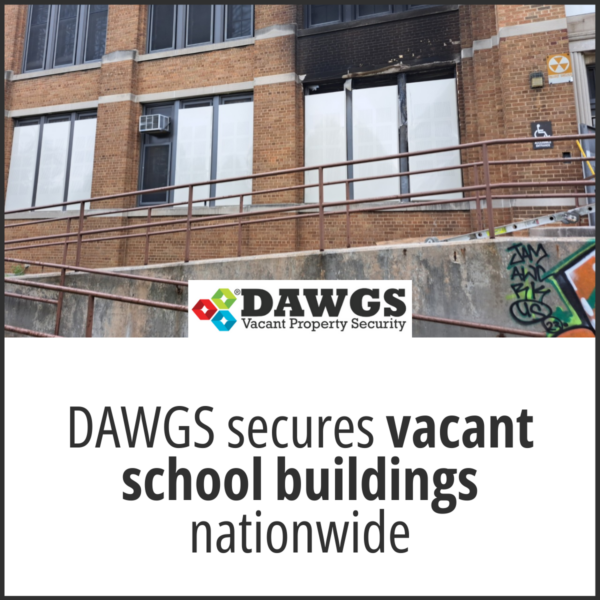The Struggles of Shuttered Schools and Their Impact on Communities
Schools are vital components of communities and more than just locations for instruction. Students are not the only ones who suffer when they close because of budget cuts or redistricting. Abandoned structures can become eyesores, lower property values, and possibly attract criminal activity. However, with the correct approaches, these areas may be revitalized and become valuable community resources that inspire optimism and hope for the future.
The Impact of Vacant School Buildings
When a school building sits empty, it’s not just sitting there harmlessly. Often located in residential areas, many buildings are over 60 years old and can remain unsold for years. During that time, they become prime targets for vandalism and illegal activities. Studies have shown that crime rates increase when vacant buildings are left unsecured (1). This creates a safety risk and a negative perception of the area, making it harder to attract new residents or investors.
The disproportionate impact that these closures have on minority and low-income areas is another factor to consider. The cycle of poverty is exacerbated in many places by school closures, which frequently leave the remaining schools with fewer resources and possibilities (2). When a school closes and is abandoned, the surrounding property values decline, further straining already impoverished areas.
The Role of Policy and Community Engagement
To tackle the issues vacant schools create, there needs to be a team effort between policymakers, school districts, and local communities (1). Cities that have successfully turned around these vacant properties often rely on strong community engagement to ensure that any new development fits the neighborhood’s needs. Whether it’s converting the space into affordable housing or creating a community center, the most successful projects involve the people who live there (2)
Policy Interventions
Offering financial incentives, such as tax credits or grants, to developers to entice them to take on these problematic repair projects has proven successful for some cities (1). These regulations aid in bringing the exorbitant expenses of renovating historic structures under control. Several communities have leased or sold these spaces to charter schools or other educational establishments to guarantee that the structures continue to be used for educational purposes.
Community Engagement
Finding sustainable solutions for closed schools requires involving the neighborhood. Developers and legislators can help ensure that the new uses for these buildings truly serve the community’s requirements by involving citizens in the decision-making process (2). The long-term success of any project depends on developing a sense of pride and ownership, which is facilitated by this kind of involvement. Repurposing these spaces into cultural hubs or inexpensive housing are just two examples of the creative ideas that communities who actively participate in the process often come up with (1). Not only do these initiatives revive the buildings, but they also foster community and raise the standard of living.

Innovative Solutions for Securing Vacant Properties
One of the biggest concerns with vacant school buildings is securing them properly to prevent crime and vandalism. Traditional methods, like boarding up windows with plywood, can make the building look worse and invite trouble. However, innovative solutions like steel door and window guards provide security without making the building look abandoned. Steel door and window guards have been shown to reduce criminal activity and help stabilize property values by improving the neighborhood’s overall appearance, reassuring residents and potential investors of their safety.
The Role of DAWGS in Securing Vacant School Buildings
DAWGS Vacant Property Security offers a practical and effective solution for securing vacant school buildings. Their steel door and window guards provide strong protection against unauthorized entry, vandalism, and theft. Unlike traditional boarding methods, DAWGS’ systems are reusable, easy to install, and cost-effective. By using DAWGS to secure vacant schools, communities can significantly reduce crime and enhance neighborhood safety, making it easier to attract investment and revitalize the area.
References
- The PEW Charitable Trusts. (2013). Shuttered public schools: The struggle to bring old buildings new life. Philadelphia.
- Anderson, C. L. (2015). The disparate impact of shuttered schools. Journal of Gender, Social Policy and the Law, 23(2), 319-351.




